How do I recognize stress in my dog?
Stress in dogs can manifest itself in many different symptoms. A distinction must be made between short-term stress, triggered, for example, by an encounter with another dog, which can often be resolved immediately, and long-term stress, which lasts longer than a few hours. Long-term stress has a negative impact on the body and psyche, even in otherwise less sensitive dogs.
Recognizing stress through calming
Consequences of chronic stress
Acute stress, the stress factors and the signs
Acute stress is different for every dog. Much depends on how well the dog was socialized as a puppy and how many different situations it has already experienced.
Dogs have significantly better hearing than humans. This makes them even more stressed by unfamiliar or unidentifiable noises. Loud bangs, screeches, or squeaks can be stressful – as can the barking of other dogs. A multitude of unfamiliar smells or too many unfamiliar markings can also stress a dog. Especially in unfamiliar urban environments, dogs are bombarded with so many stimuli that they can no longer cope with the sensory overload.
Encounters between dogs and other dogs are always stressful, even if all dogs are able to handle the situation and maintain harmony through play or calming pseudo-play. In a discordant or even combative encounter, the stress level rises even higher.
Hunting, or the desire to hunt, is also a stress trigger. As is lack of sleep and rest, or pain and discomfort.
Typical stress symptoms in an acute situation are
- ears laid back
- tense, stiff posture (also tense wagging)
- Raising the hair on the neck (brush)
- Calming signals
- panting regardless of weather
- Tremble
- to duck (away)
- Hectic chewing on objects or even one's own body parts (e.g. hectic biting of the leash) up to the destruction of objects
- Excessive licking of oneself or objects or people/other animals
- Whining or barking
- salivation
- Mounting and, in male dogs, extending the penis
- increased urination, but also spontaneous diarrhea
- Physical contact such as standing or sitting on the owner's foot
- 'Refusal' of already known commands
 No dog will display all stress symptoms in a single situation. Many of the signs of stress also occur in normal dog language or in everyday life. This requires careful observation.
No dog will display all stress symptoms in a single situation. Many of the signs of stress also occur in normal dog language or in everyday life. This requires careful observation.
What causes stress in dogs?
To give you an overview of possible stress factors, we have compiled everything we could think of in a list:
- physical stress
- Pains
- too little sleep (dogs sleep up to 20 hours a day!)
- hormonal changes
- too little exercise
- too much exercise
- Parasites (fleas, grass mites )
- Social stress
- loneliness
- too much hustle and bustle
- Difficulty adapting to a new life (keyword: street dog in apartment)
- new roommates
- Environmental stress
- Noise
- Unknown
- many scents
- Overstimulation
- Performance-related stress
- Dog sports
- training
- Under-challenge
- Overwhelm
- psychological stress
- Unpredictability of owner
- Grief (for animals, people, old lives...)
- individual history
- Socialization in puppyhood
- Experiences in puppyhood or later
- animal protection, street dog
Calming signals to reduce stress
Even as puppies, dogs are extremely polite creatures for whom harmony is very important. Therefore, dogs have a whole repertoire of diverse behaviors designed to show their counterparts—both canine and human—that they are not interested in fighting. If stress has already arisen, so-called calming signals are intended to help calm everyone involved and reduce tension.
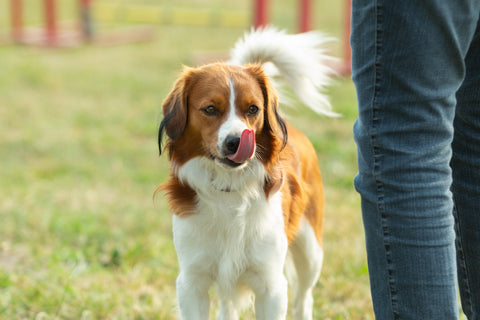 The most important of these signals are licking the muzzle, turning the head away, lowering the front of the body without inviting play, sniffing, raising a paw, squinting or blinking—often combined with turning the head away—yawning, turning away completely and turning one's back to the other, significantly slowing down movements to the point of remaining still, quietly sitting or lying down, walking around the other dog/person, urinating, and, in serious cases, even splitting two other living beings. Splitting, in particular, is often misunderstood as jealousy, as dogs also attempt this with people who are hugging each other.
The most important of these signals are licking the muzzle, turning the head away, lowering the front of the body without inviting play, sniffing, raising a paw, squinting or blinking—often combined with turning the head away—yawning, turning away completely and turning one's back to the other, significantly slowing down movements to the point of remaining still, quietly sitting or lying down, walking around the other dog/person, urinating, and, in serious cases, even splitting two other living beings. Splitting, in particular, is often misunderstood as jealousy, as dogs also attempt this with people who are hugging each other.
But the other signals are also usually overlooked or misinterpreted by humans. Yawning is attributed to tiredness or, in small dogs, is even considered cute. Turning away or turning one's back is perceived as disobedience and sometimes punished by shouting - just like slowing down. A dog that feels unsure about returning to its owner will walk slowly, make a detour, and may even stop to sniff along the way. It does all of this to calm the owner and make them see that the dog means them absolutely no harm. Unfortunately, most people think in human terms and perceive actions meant to calm or relieve stress as defiance, which makes them even more upset.
The apparent invitation to play with the front body lowered is also a problem in dog-human communication. Too often, people think two unfamiliar dogs are just having fun playing together, without realizing that the encounter is stressing one or both dogs and that the 'invitation to play' is intended to calm them down.
All of the above-mentioned signals can also be shown in other contexts. If a dog yawns, it doesn't necessarily mean he's insecure; he might simply be tired. A raised front paw can be a calming gesture—or it can indicate full concentration. Here, again, the context is crucial.
If a dog yawns and turns its head away and/or licks its nose when a stranger touches it, this behavior is clearly a sign of stress and discomfort with the situation. However, if the owner cuddles with the dog and the dog yawns just before drifting off to sleep, the yawning isn't a sign of discomfort, but rather pure calm.
When the stress factors don't stop...
If a stressful situation cannot be resolved, or if too many stress factors follow one another and the dog is no longer able to reduce the stress on its own, the stress becomes chronic and therefore dangerous for the animal's health. The excessive demands leave traces in the memory, in the hormonal balance and in the form of neuronal networks in the brain. This is called "stress memory" and it leads to dogs being stressed 'preventively': the next time a similar situation occurs, the stress sets in more quickly and is more severe than before. In everyday life, this means that, for example, a dog that doesn't like going to daycare and is taken there every morning will react with tension and a release of adrenaline as soon as it walks to the car.
Similar to humans, there are dogs who have been stressed for so long that they can no longer regulate the constant stress on their own. Their bodies are primed to produce stress hormones, their adrenal glands fire incessantly until they are exhausted after months of stress, and the dog no longer has any resistance to external stimuli. Everything upsets them, no matter how trivial.
Over time, permanent behavioral changes become apparent and/or the dog becomes physically ill. How long a dog can endure an unpleasant, prolonged situation before showing symptoms varies greatly from individual to individual. For dogs sensitive to stress, it is even more important to reduce the stress before it becomes chronic.
In addition to the symptoms of acute stress, chronic stress also manifests itself through
- a reduced or increased need for sleep
- Gastrointestinal problems such as frequent diarrhea or heartburn
- Muscle tension
- Bad breath
- bad breath and body odor
- self-harming behavior ( biting paws or tail, licking wounds, etc.)
- frequent susceptibility to infections
- Allergies
- social abnormalities such as incompatibility with other dogs
- Hippiness and hecticness
- Concentration problems
- Skin changes (dandruff, hot spots, etc.)
- excessive hair loss
- Separation anxiety
- bad mood
- Stress-related behavioral disorders such as compulsive behavior (repeated, goal-oriented, but inappropriate actions such as frequent mounting, constant licking, etc.) or stereotypes (rhythmic movements without meaning or purpose such as turning in circles, rocking back and forth)
A dog caught in a spiral of stress urgently needs help from its owner. This starts with managing its living conditions.
First and foremost, it's important to determine what caused the long-term stress, whether the stress trigger is still present, and how it can be resolved. Long-term or chronic stress is often triggered by pain. Since dogs usually don't show any signs of mild or moderate pain, back pain or joint pain is often overlooked. The dog gets used to the pain, but it still stresses them. Initially, it may only be noticeable through a slightly worse mood, but gradually, other symptoms creep in, and the underlying condition becomes obscured.
Therefore, if a dog is permanently stressed, it is essential to consult a veterinarian to determine whether the problem is caused by pain.
If pain can be ruled out, it's necessary to determine what's causing the dog so much stress in everyday life. For example, is he unable to stay alone because he's never been properly trained to do so, and is he stressed by the work-related separation from his caregivers?
How can I reduce stress in my dog?
Owners are responsible for preventing stress for their dogs or helping them avoid it. In addition to the aforementioned research and elimination of the cause, this involves showing the dog new ways to cope with stressful situations and actively eliminating their stress together.
Below we give some tips on how to reduce stress in dogs.
Take fear and discomfort seriously!
It is still recommended not to reinforce fear. This means that a dog is left alone with its discomfort in a frightening situation; it is not helped, comforted, or supported. Dogs and humans are both equally social beings for whom interaction and mutual support are important. In the dog-human relationship, in which the dog is largely dependent on the human, it is an abuse of power to leave it alone in a frightening situation.
The transfer to humans can illustrate this:
Imagine you're out with your best friend. It's dark, and you're in an area that seems threatening. You feel unsafe and uncomfortable. When you confront him, he simply says, "Don't be such a baby." You still feel uncomfortable—and on top of that, you're not being taken seriously. Suddenly, you hear footsteps approaching behind you. You start to turn around and automatically move closer to your friend. He pushes you away. When you confront him about the footsteps, he says, "I don't want anything to do with that. If someone attacks you, that's your problem."
Brainwave: Same basic scene. When you hear footsteps and mention them, your friend takes you by the arm and whispers: "Come with me, my car is right over there, I'll drive us away!"
In which scene would you feel more comfortable?
A dog abandoned by its owner in an emergency not only loses trust in its caregivers, but also experiences immense stress. Taking the dog seriously is important. It's not always easy, especially when it's afraid of obvious, trivial things. Nevertheless, this should be respected, and the dog shouldn't be forced to endure the fear.
If you consider putting your dog in a situation that scares him, or even forcing him to move toward something that causes him anxiety, it would be analogous to your friend grabbing you and pushing you toward the steps in the story above. Not a good feeling! And certainly not one that would help control the fear.
Use mood-enhancing hormones
Serotonin and oxytocin are two hormones that can be stimulated quite easily in everyday life. To boost serotonin, you should play with your dog or do things that he really enjoys and finds fun. Running around, running off-leash, learning tricks, going for a swim, etc. – anything that your dog enjoys but doesn't negatively excite him. For example, dog encounters should be avoided unless your dog has other dog friends with whom he can also relax.
Serotonin can also be controlled through food . The higher the quality and more tailored to the dog's needs, the healthier it is for both body and mind.
Oxytocin is known as the cuddle hormone; it's released during loving touches and physical contact. It's important that the touch is perceived as pleasant by both parties. Therefore, you should ask your dog if he even wants physical contact. An easy way to find out is to pet your dog and see how he reacts.
Does he lick his nose? Does he turn his head away or yawn? If you stop petting, does your dog ignore you? These signs, among others, are clear ways your dog is saying no to your petting. This doesn't mean he always finds it unpleasant, but right now he does! Therefore, continuing to pet him wouldn't reduce stress; in fact, it would actually increase it.
Does your dog press his head or body against your hand? Does he breathe deeply? When you stop petting, does he nudge you with his nose or turn his head toward you? Your dog is saying yes. He wants to be petted right now and finds it pleasant and relaxing.
For a dog that is easily stressed and very sensitive, it can be helpful to massage him regularly to a specific melody* . Over time, he will begin to relax just by hearing the melody. The melody is associated with hormone release, and relaxation becomes a subconscious response.
 By the way, sunlight also improves mood and relaxation, just like in humans!
By the way, sunlight also improves mood and relaxation, just like in humans!
Use scents
 Scents not only have a relaxing or stimulating effect on humans, depending on the scent, but also on dogs. Because dogs have extremely sensitive noses, they are influenced by much lighter scents than we humans. Aromatherapy scents can be used to relax dogs; these have well-researched effects on them, as certain substances bind directly to stress receptors in the brain, thus promoting relaxation. Two examples of relaxing scent blends are "Cool Down" and "Feel Secure" from Yuki Cares. While "Cool Down" has a stress-reducing effect (as a spray in the environment or as butter applied directly to the animal's fur), "Feel Secure" was developed specifically for anxious animals.
Scents not only have a relaxing or stimulating effect on humans, depending on the scent, but also on dogs. Because dogs have extremely sensitive noses, they are influenced by much lighter scents than we humans. Aromatherapy scents can be used to relax dogs; these have well-researched effects on them, as certain substances bind directly to stress receptors in the brain, thus promoting relaxation. Two examples of relaxing scent blends are "Cool Down" and "Feel Secure" from Yuki Cares. While "Cool Down" has a stress-reducing effect (as a spray in the environment or as butter applied directly to the animal's fur), "Feel Secure" was developed specifically for anxious animals.
The scents work subconsciously and have a direct influence on the brain, the psyche, and the memory center. They can break spirals of anxiety.
In addition to changing the dog's environment and training it, this can directly reduce stress and anxiety. This is especially beneficial because most other measures take time to take effect. Aromatherapy can bridge this time or provide support in unexpected life circumstances or during short-term stressful situations.
A classic application for aromatherapy to calm dogs is New Year's Eve fireworks. For dogs that only respond to real New Year's Eve fireworks, behavioral therapy is relatively complicated or difficult to implement due to the legal requirement that fireworks can only be set off on New Year's Eve.
Calming scents can help get your dog through the few days without chemicals and without causing harm. So, animal welfare and the holidays don't have to be mutually exclusive. Learn how else you can help your pet on New Year's Eve here .
Pheromones
The use of pheromones is actually a subtopic of the topic of scents. These are now available in plug-in diffusers .* Better known for their use with cats, there are also dog pheromones that give dogs a cozy, safe feeling.
Bach flowers
In cases of chronic stress, a customized Bach flower mixture has also proven very effective in helping animals break free from their spiral. A Bach flower test can also help identify stress factors, and the mixture addresses these psychologically.
Conditioning a relaxation word
Similar to the relaxation melody, a dog can also be taught a relaxation word. It could be structured as follows: Every time the dog truly relaxes, for example, by lying down on its side, the relaxation word is said. Over the weeks, the dog will associate the word with relaxation and will be able to calm down better even in stressful situations.
Be alert and attentive on walks
If the dog goes for a walk with a smartphone instead of a caregiver, the dog has to take on the role of security and supervision. If the human takes over, the dog can relax. Even puppies learn that they can trust each other. And that makes a walk much more relaxing for both parties!
Text by Balance Cure Animal Healing Practice & Textbroker / Ms. Yeta
Photos by Balance Cure Tierheilpraxis, Fotolia & Pixabay
This text contains affiliate links (*)
Through these links, we recommend certain products and may earn a commission. The products don't cost any more, we promise.
If you would like to be regularly informed about new blog articles, simply sign up for our newsletter below!


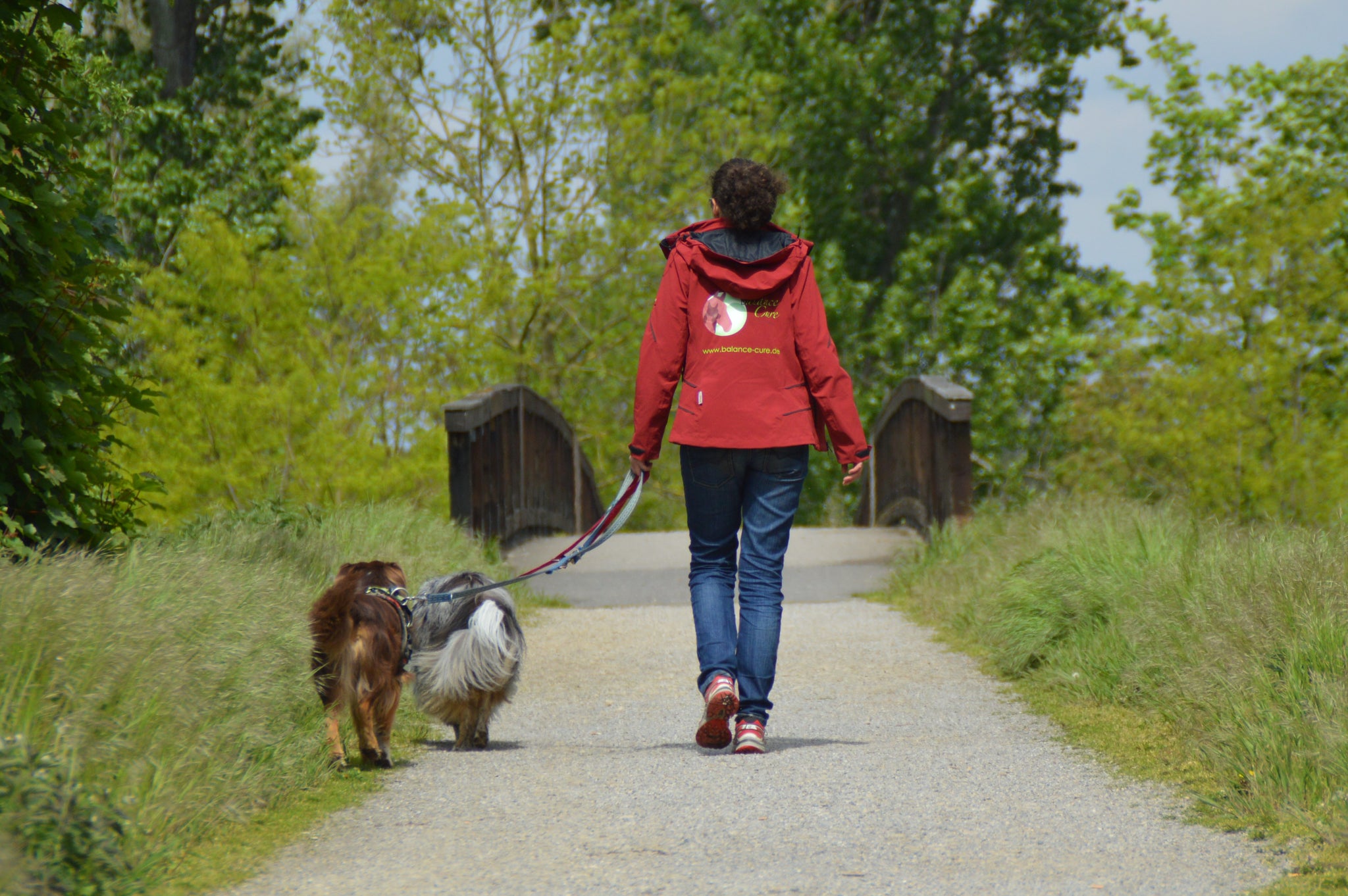



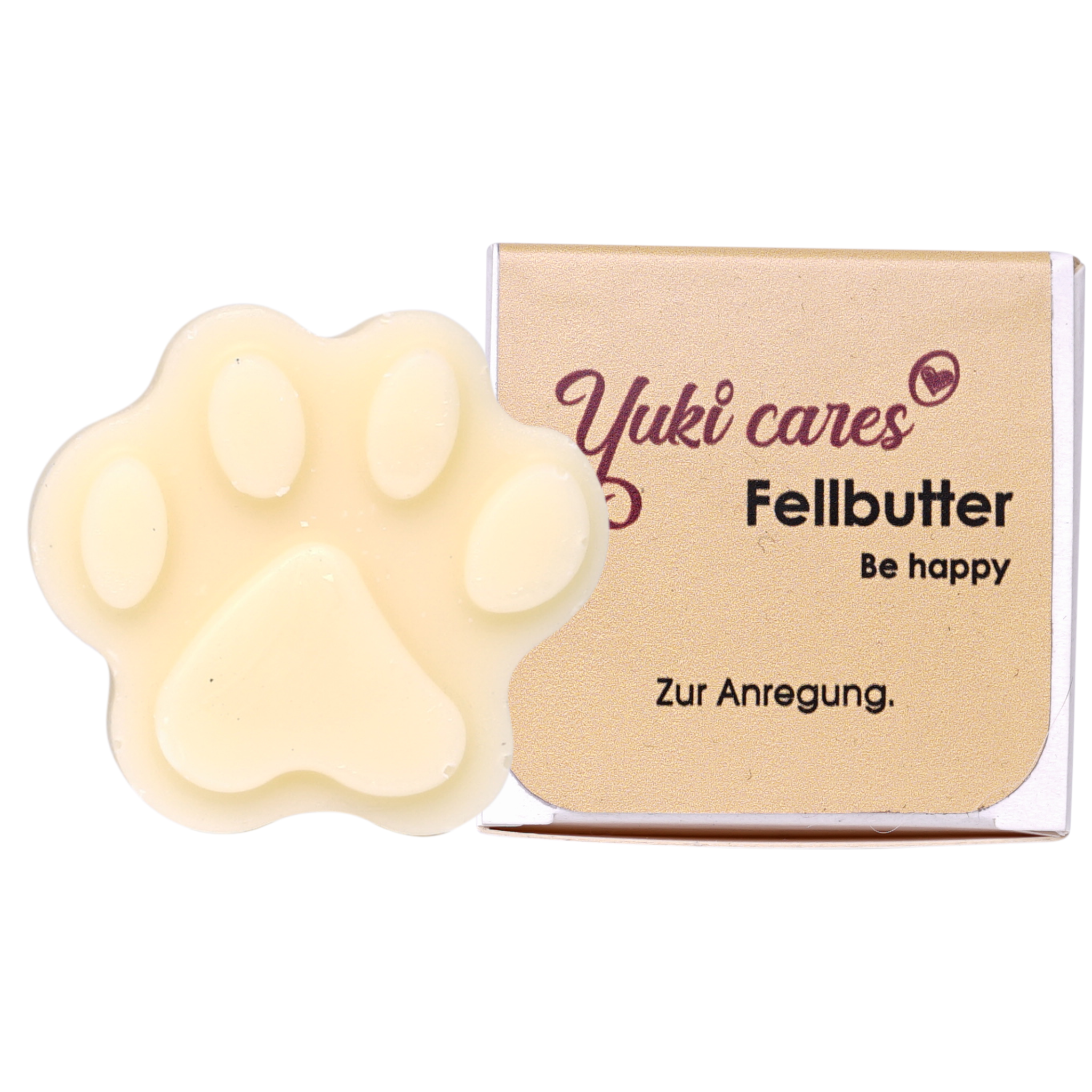
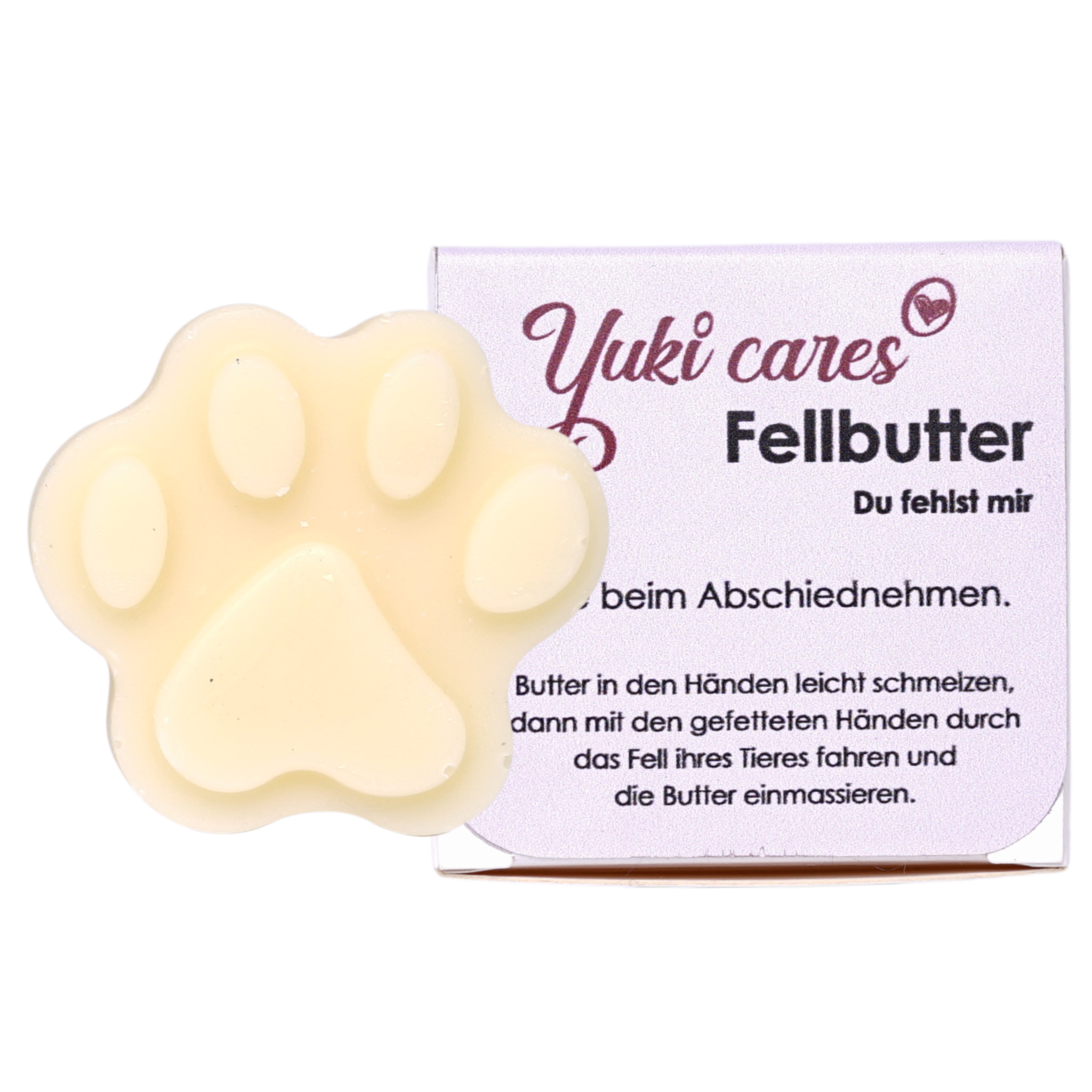
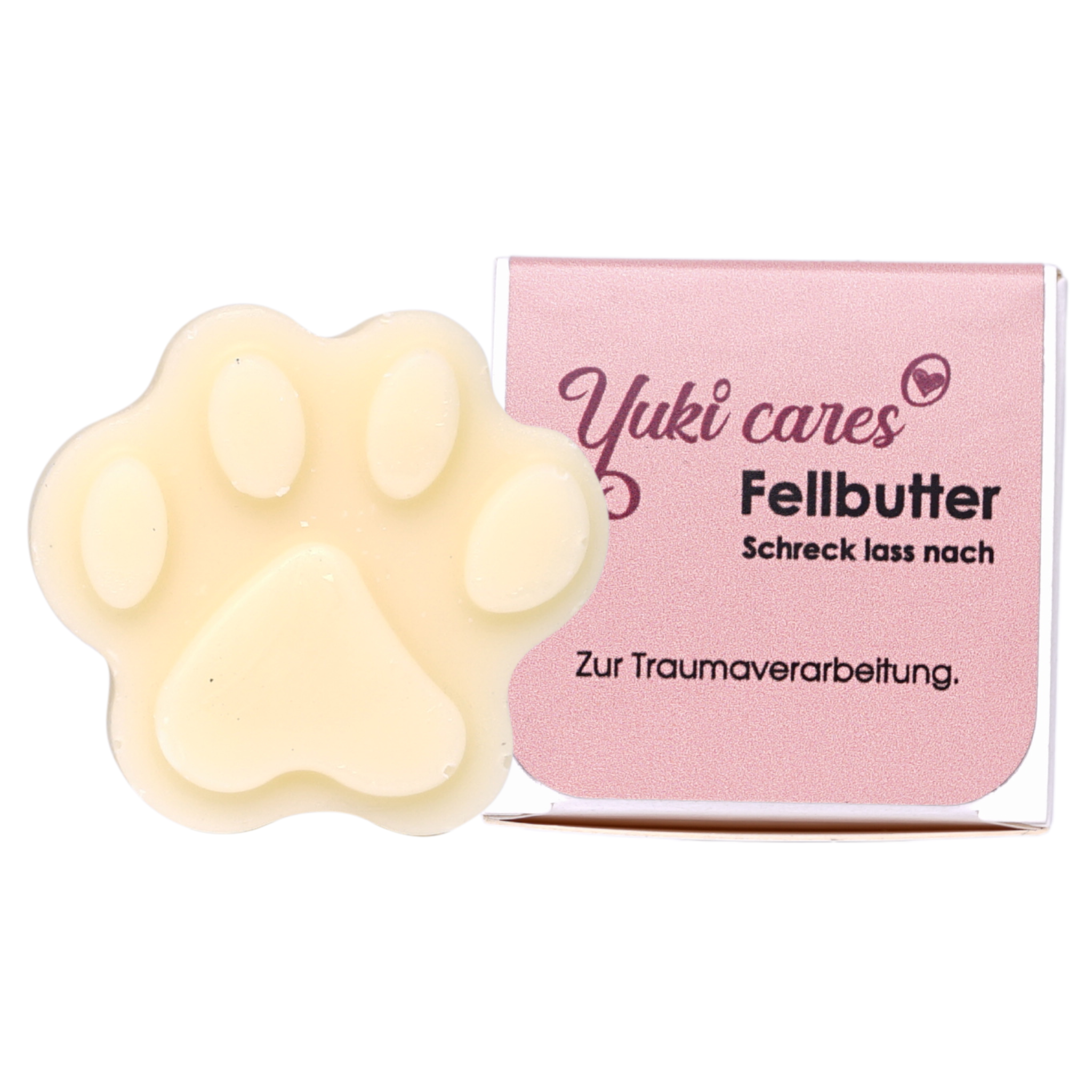




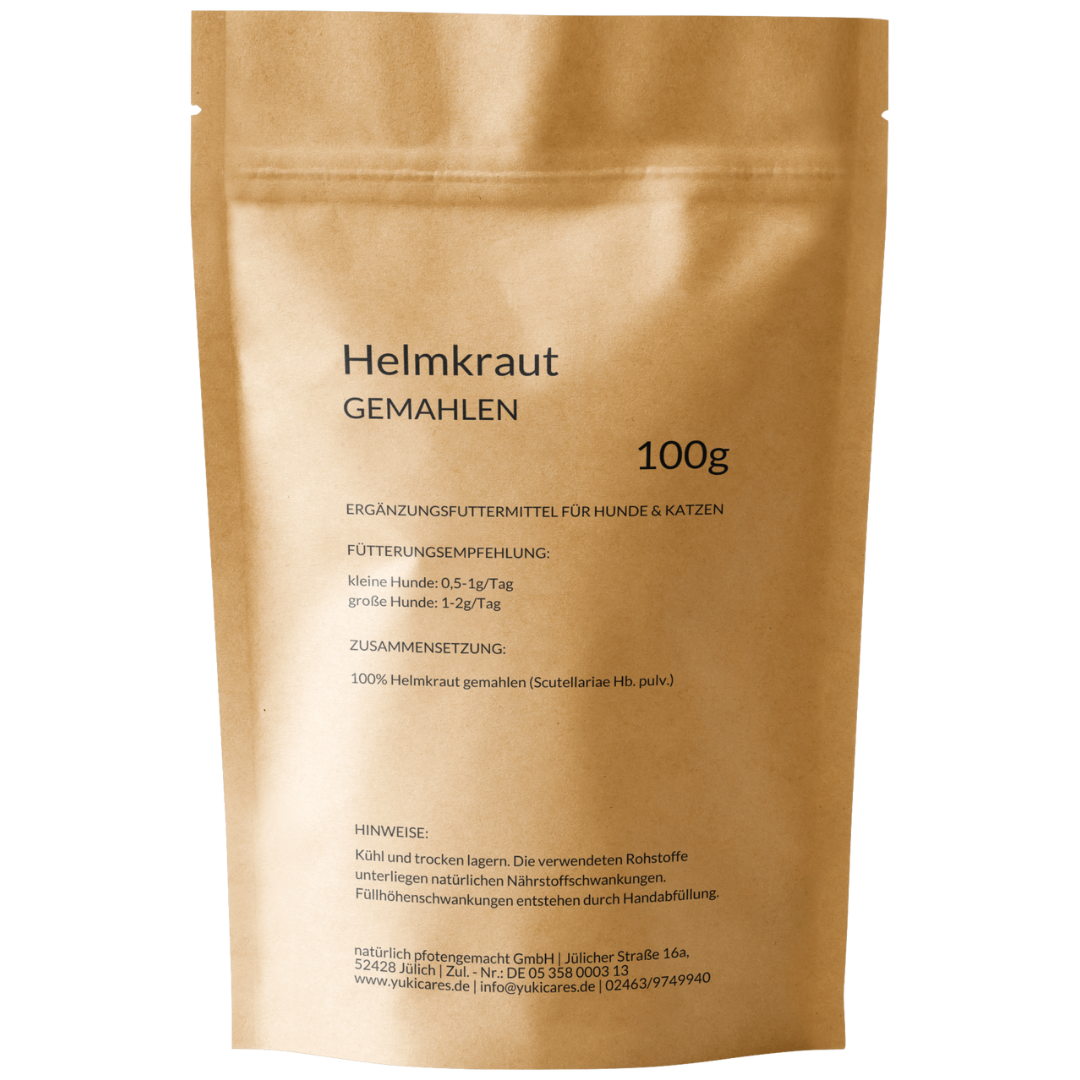

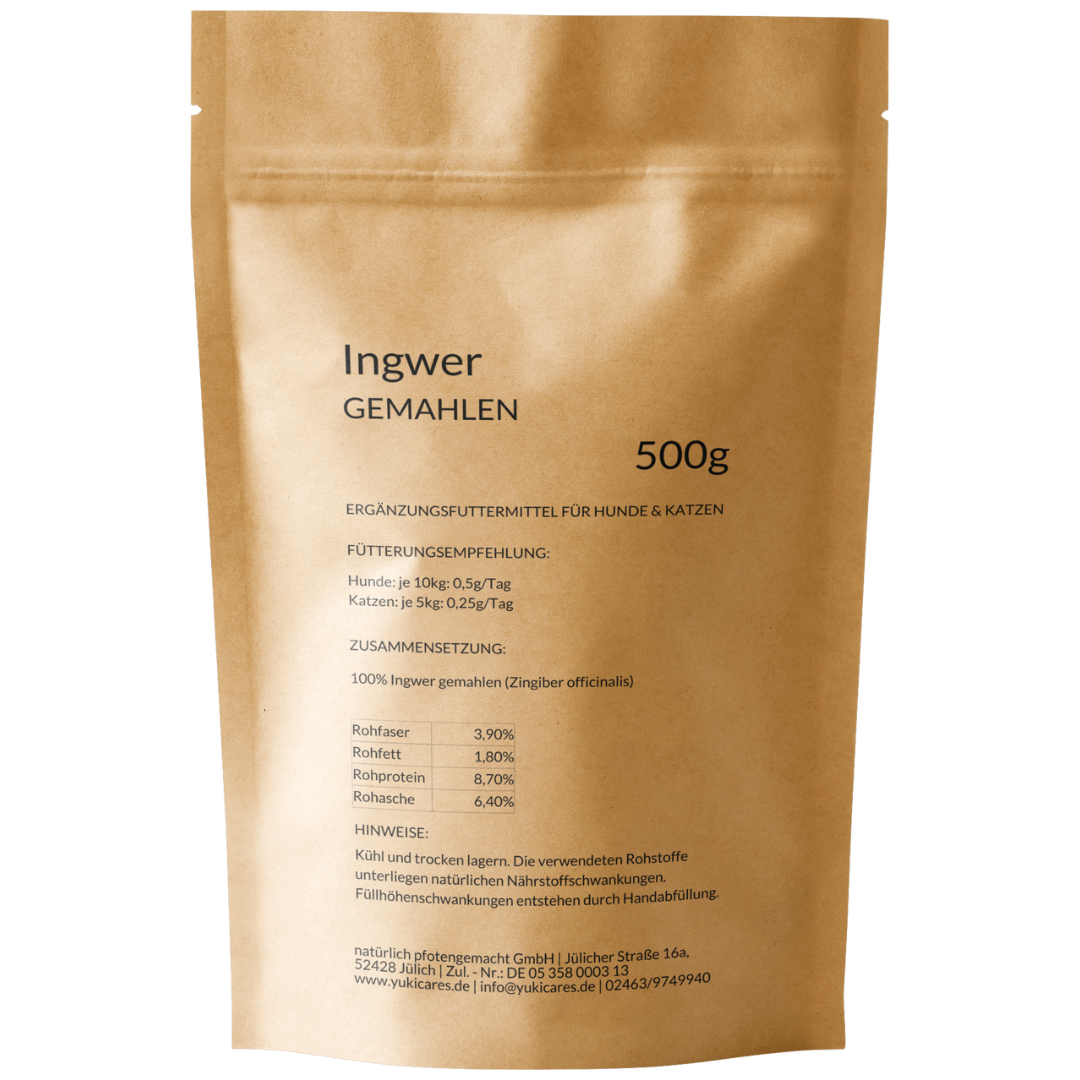

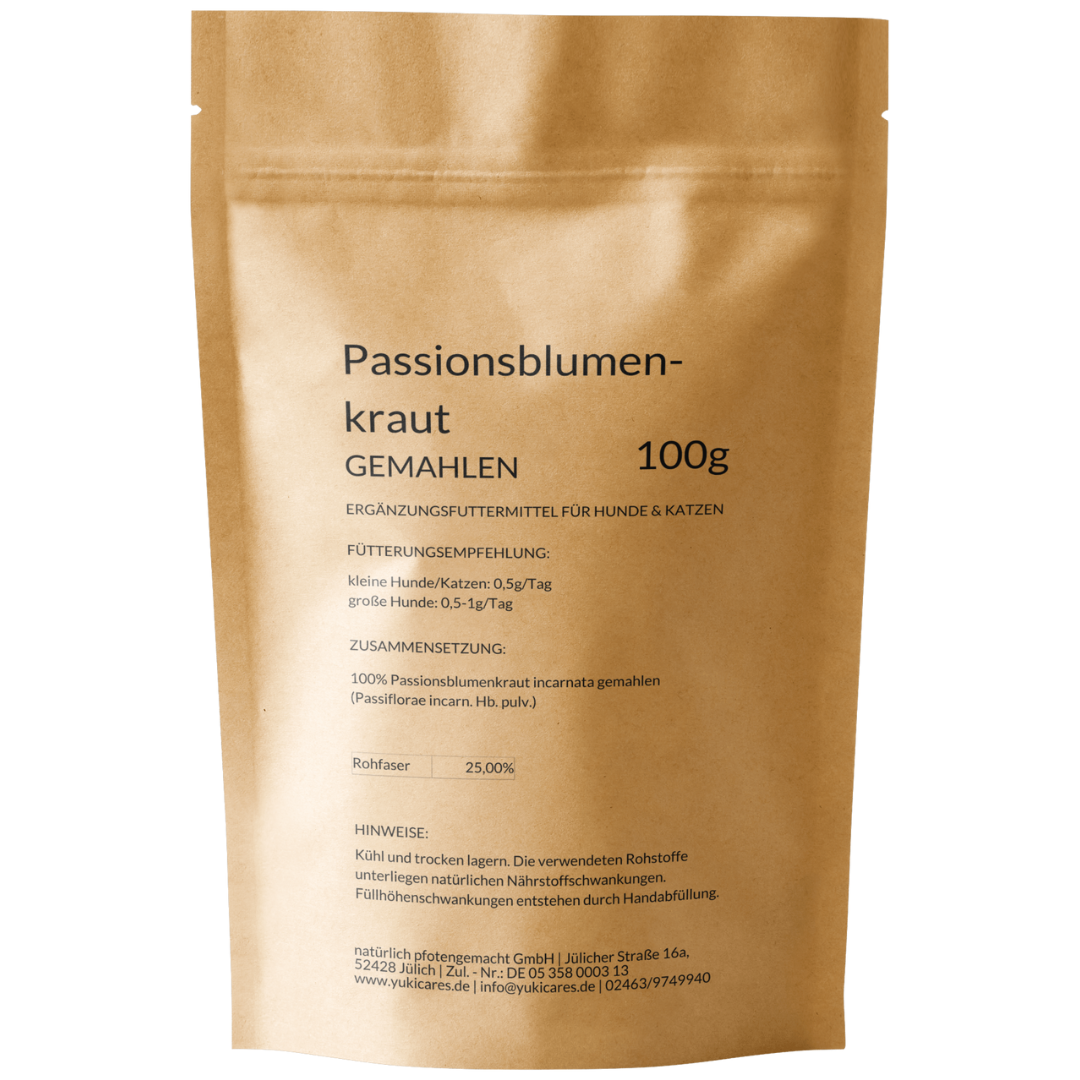

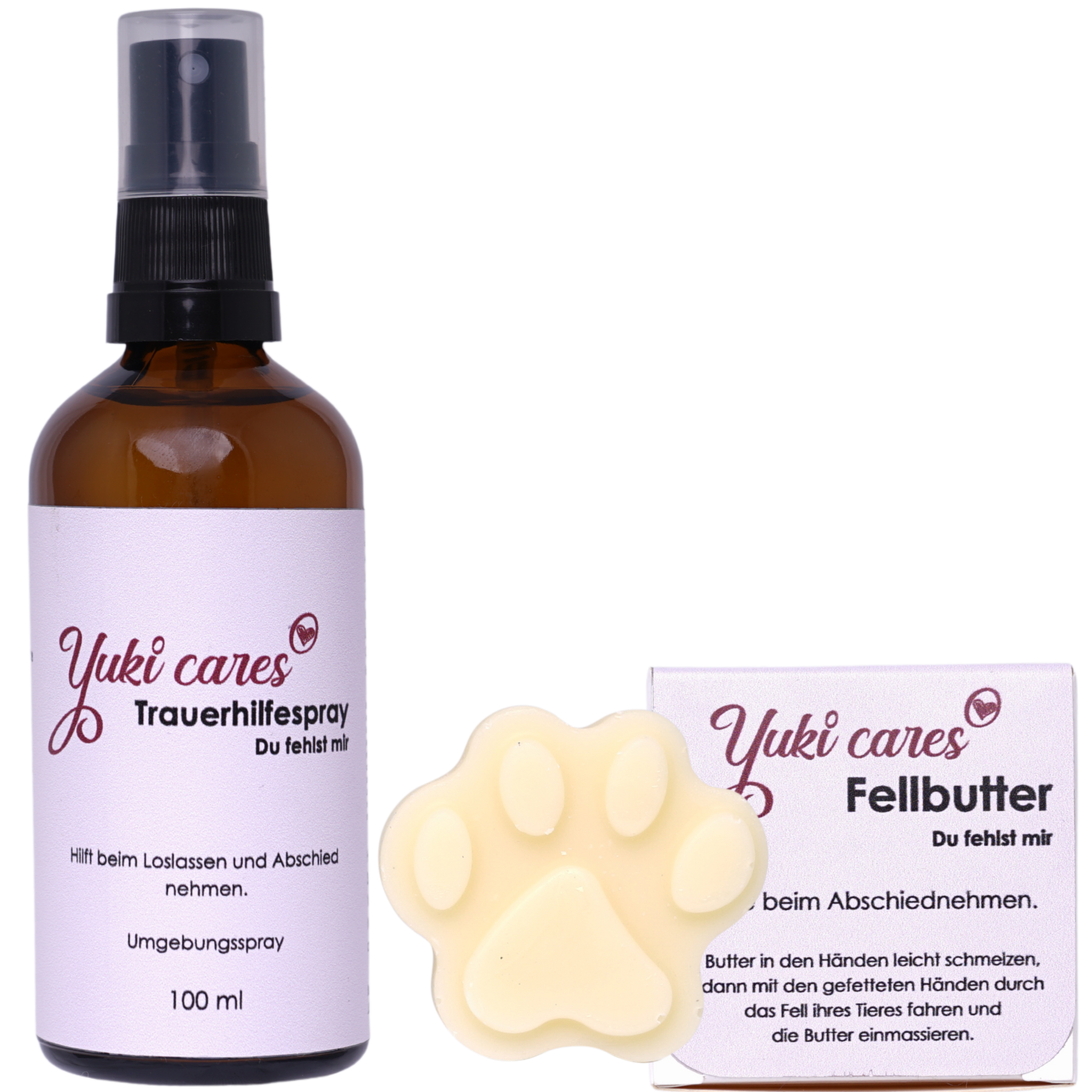





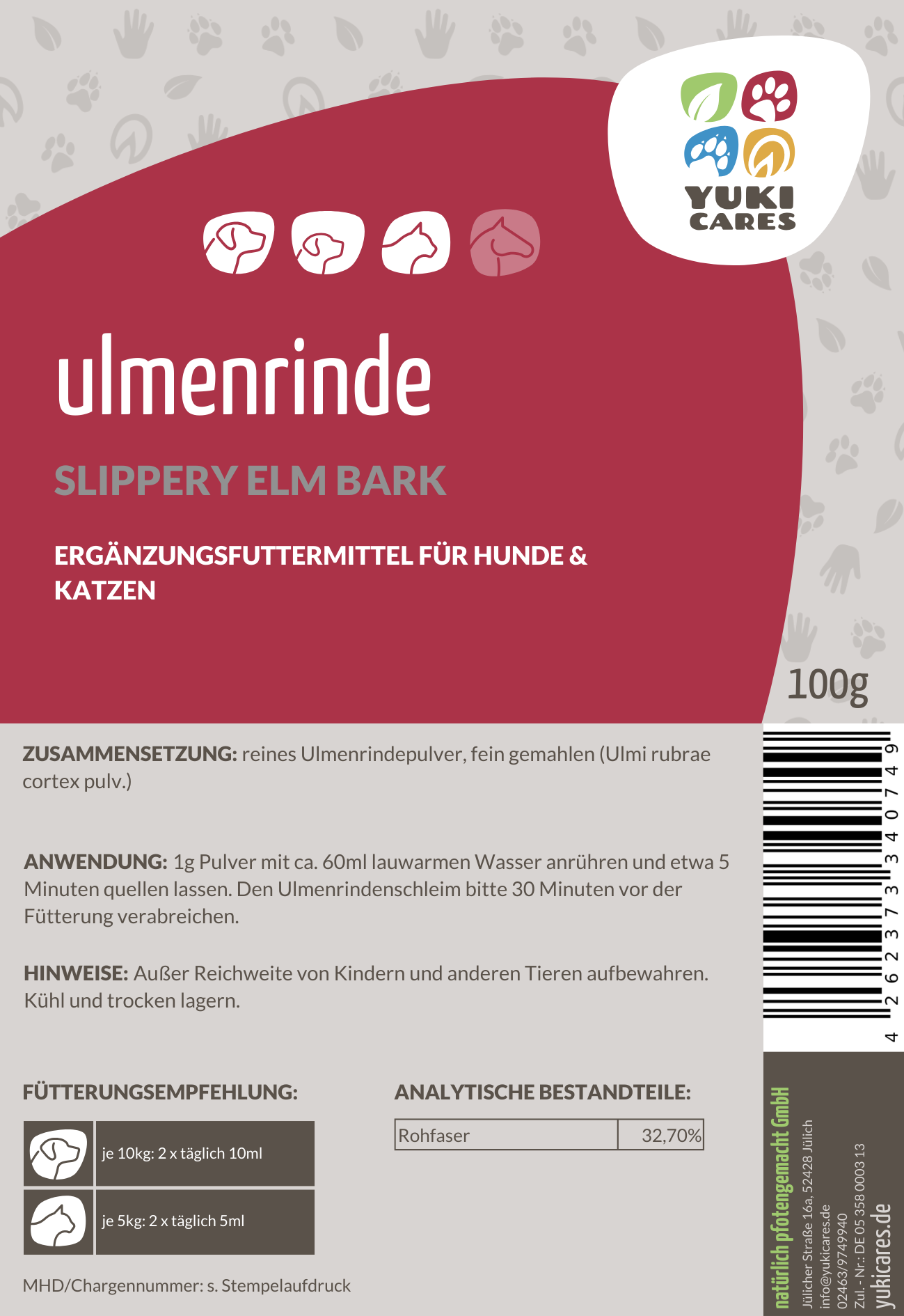


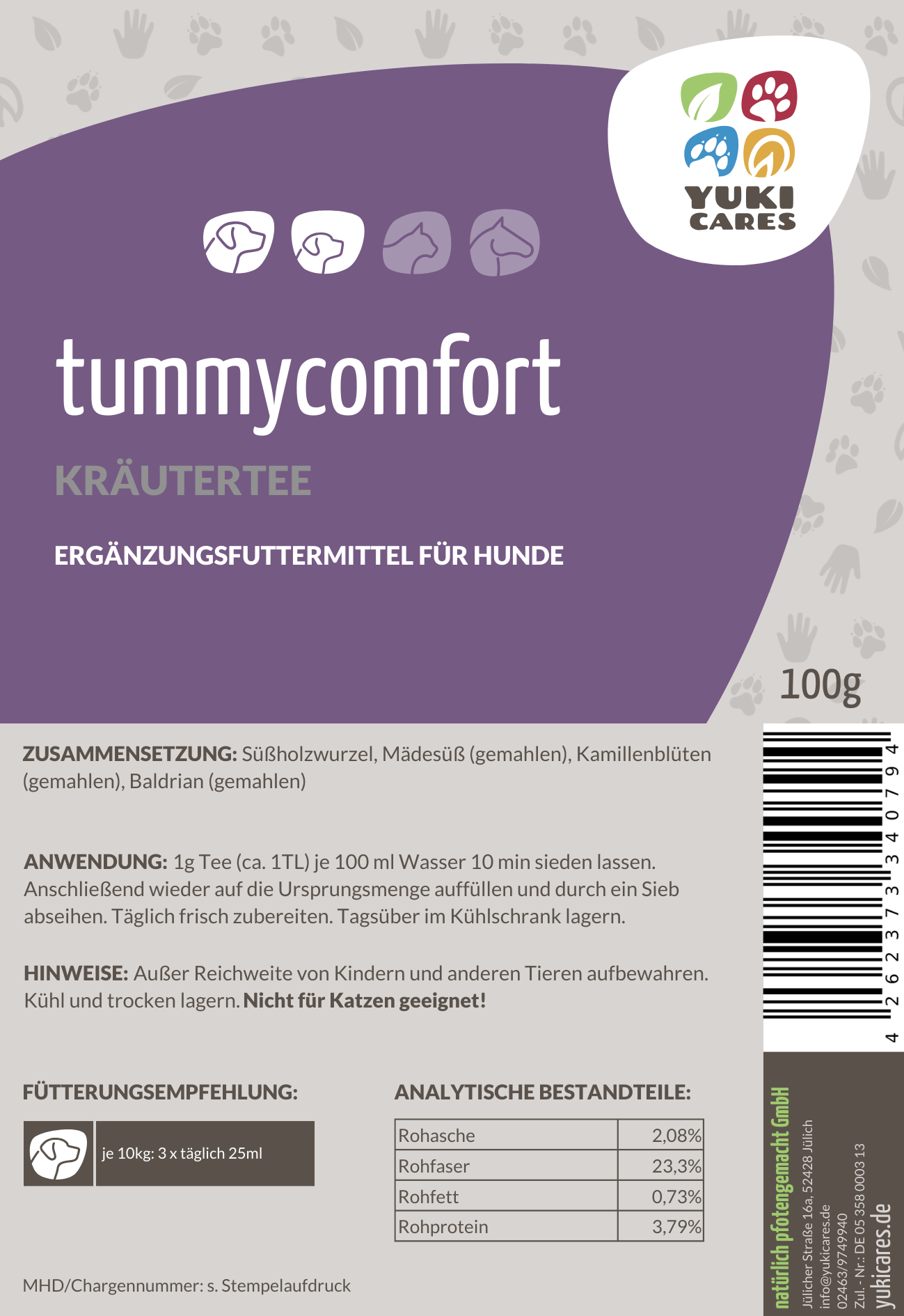
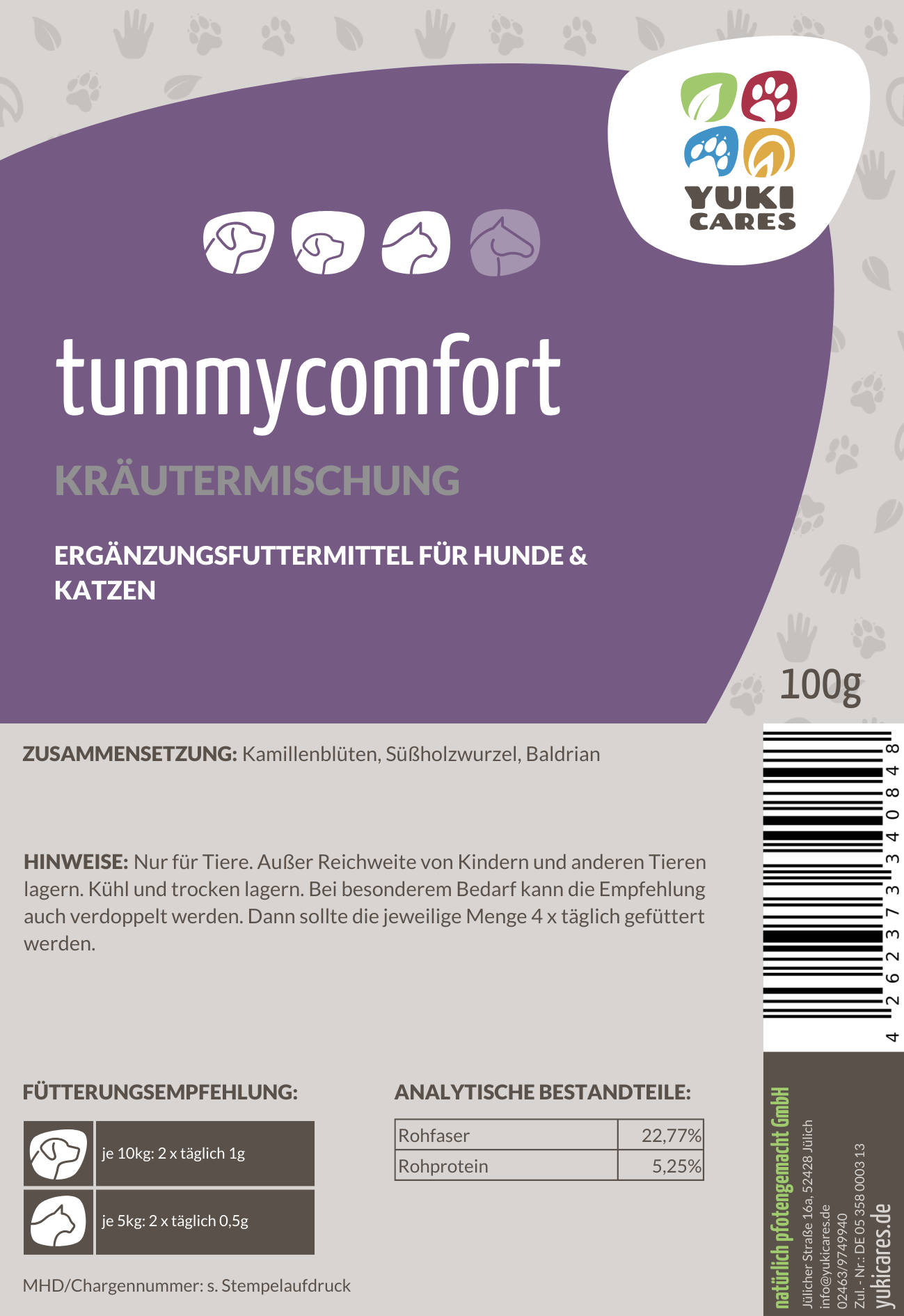
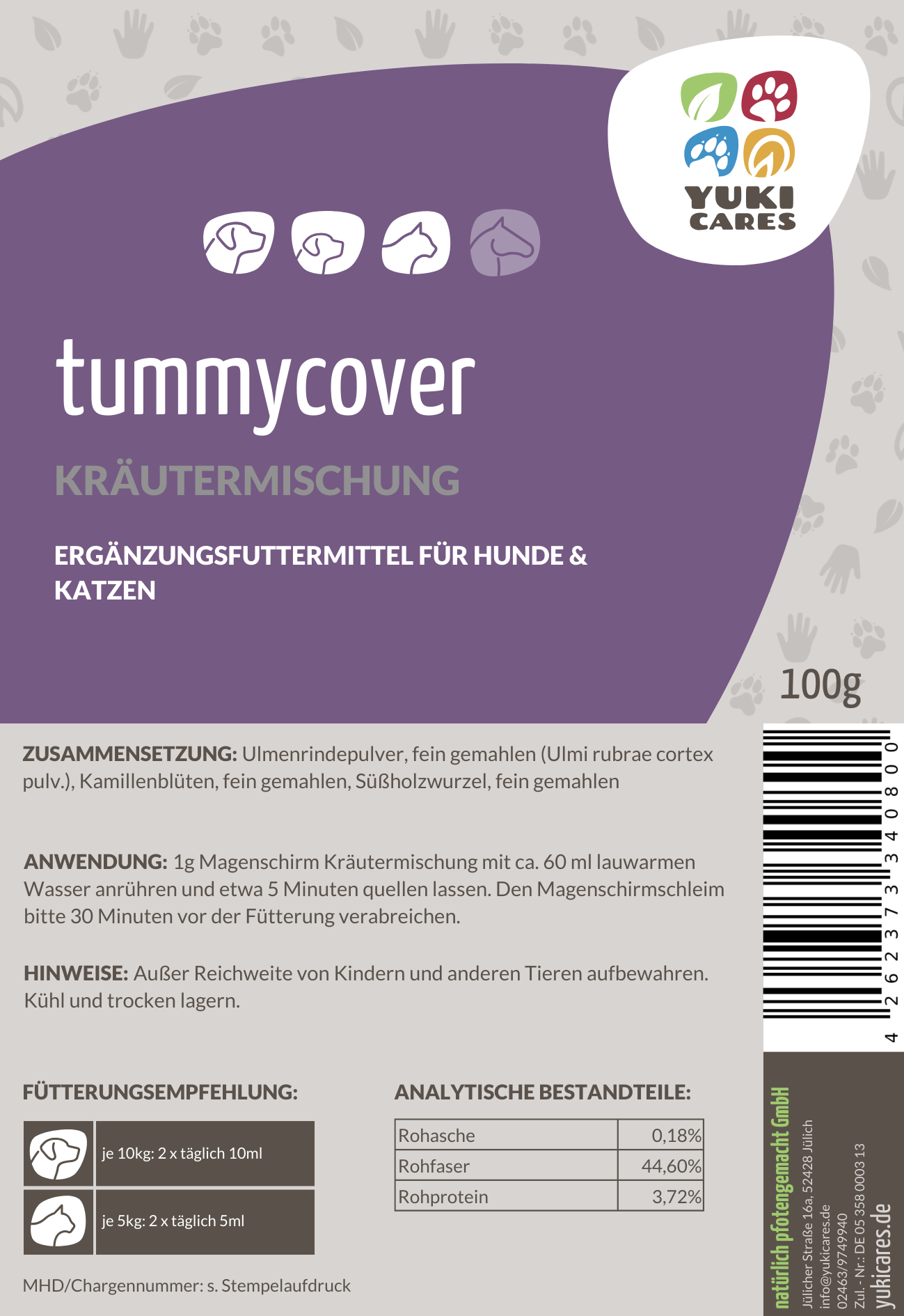


Comments
Wir haben gerade einen Dackel aus Ungarn adoptiert, er ist dauergestresst, es wird ein langer Weg. Interessanter Artikel, hilfreich.
Sehr schöner Artikel! Wir haben auch einen völlig gestressten Hund übernommen, der nie gelernt hat Verontwortung abzugeben und daher sehr gestresst ist. Wir arbeiten daran. Haben schon einiges erreicht, müssen aber immer wieder Rückschläge in Kauf nehmen.